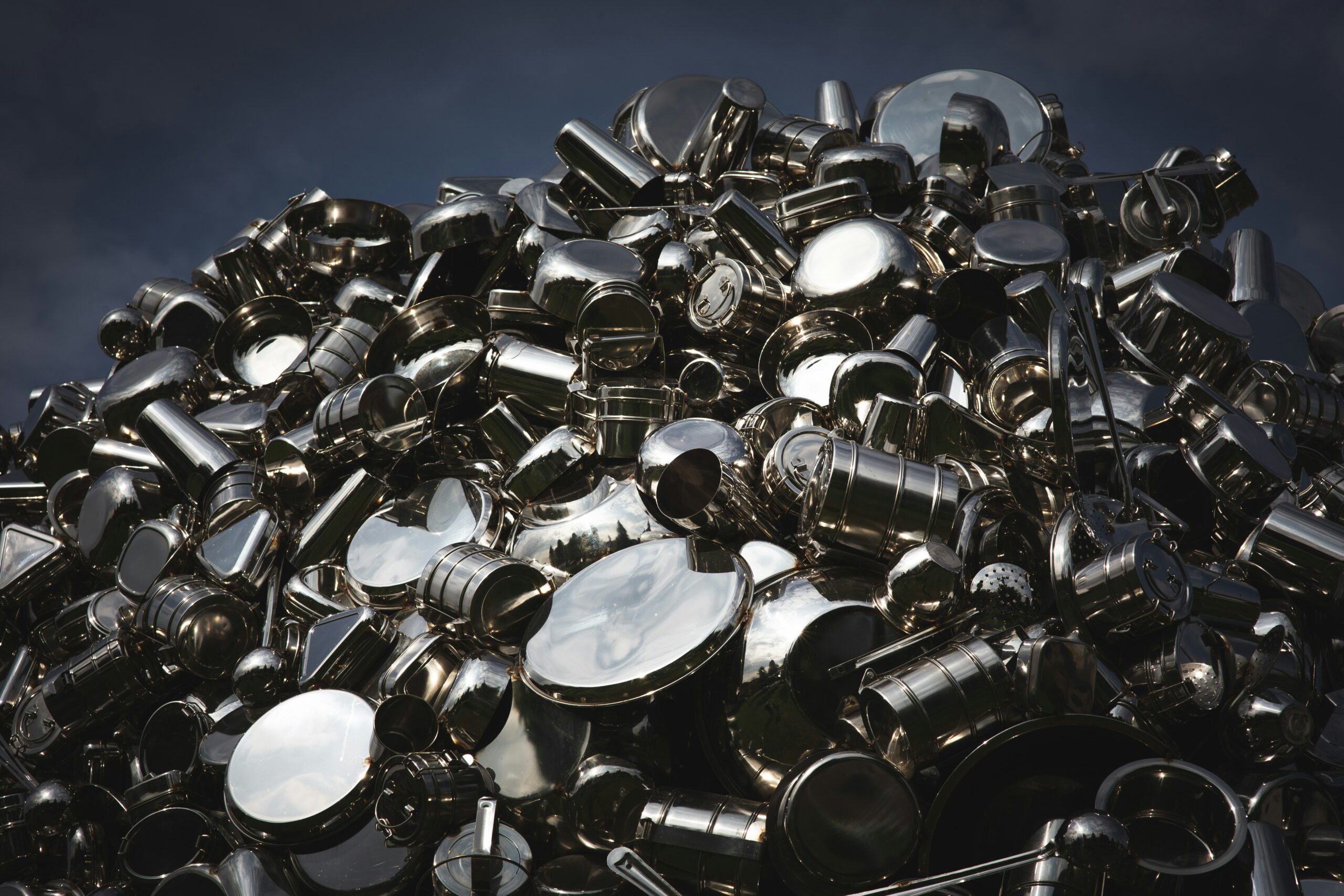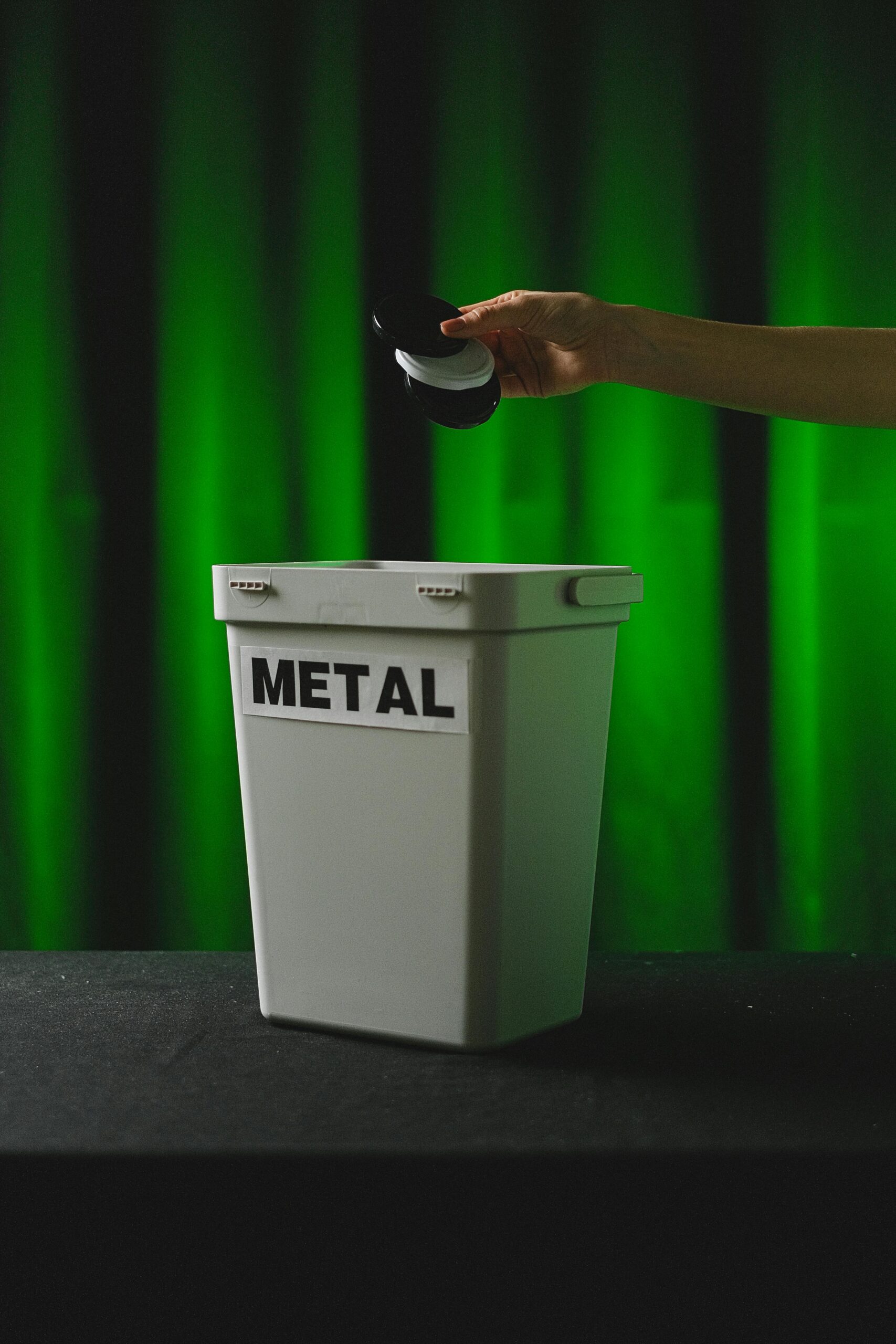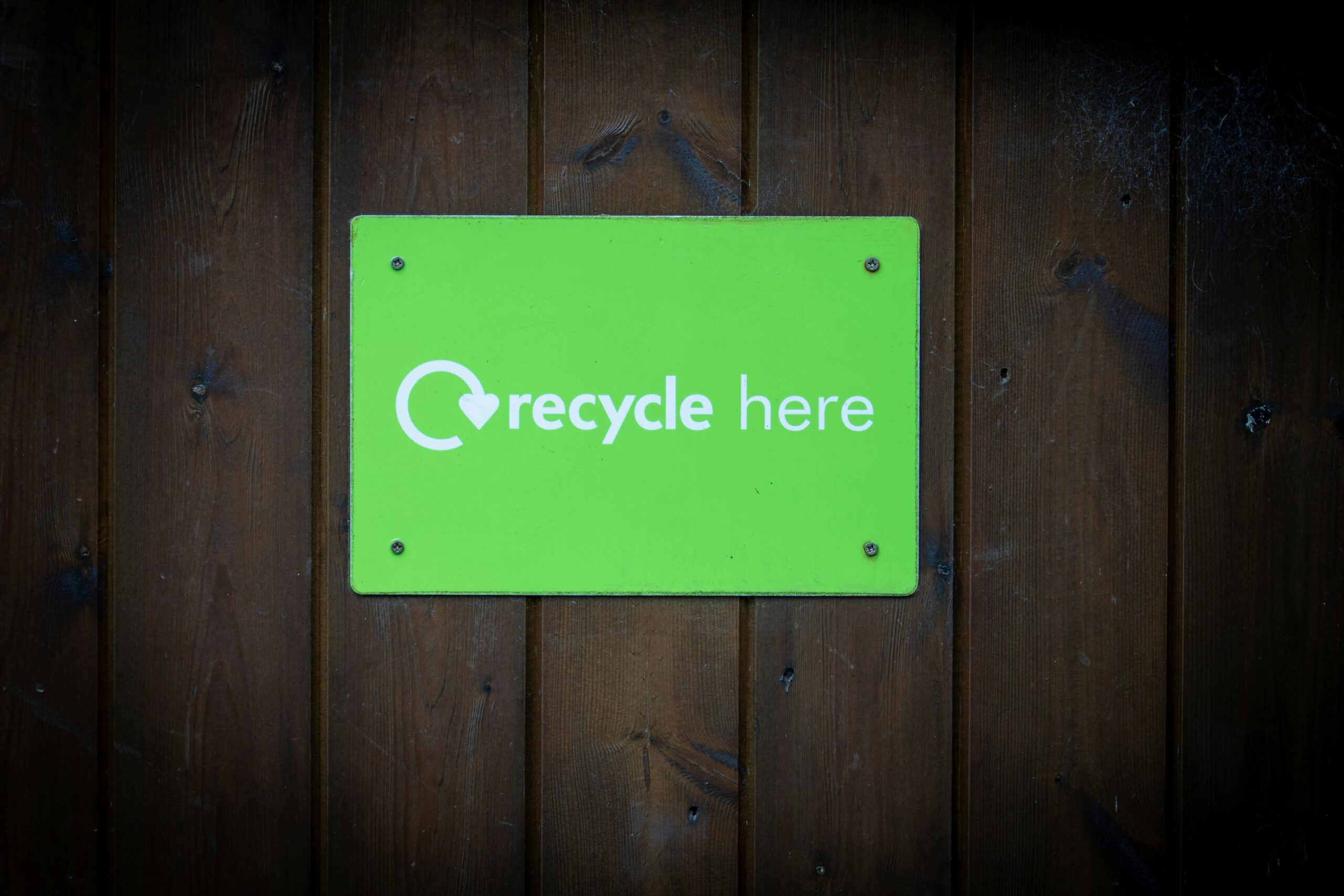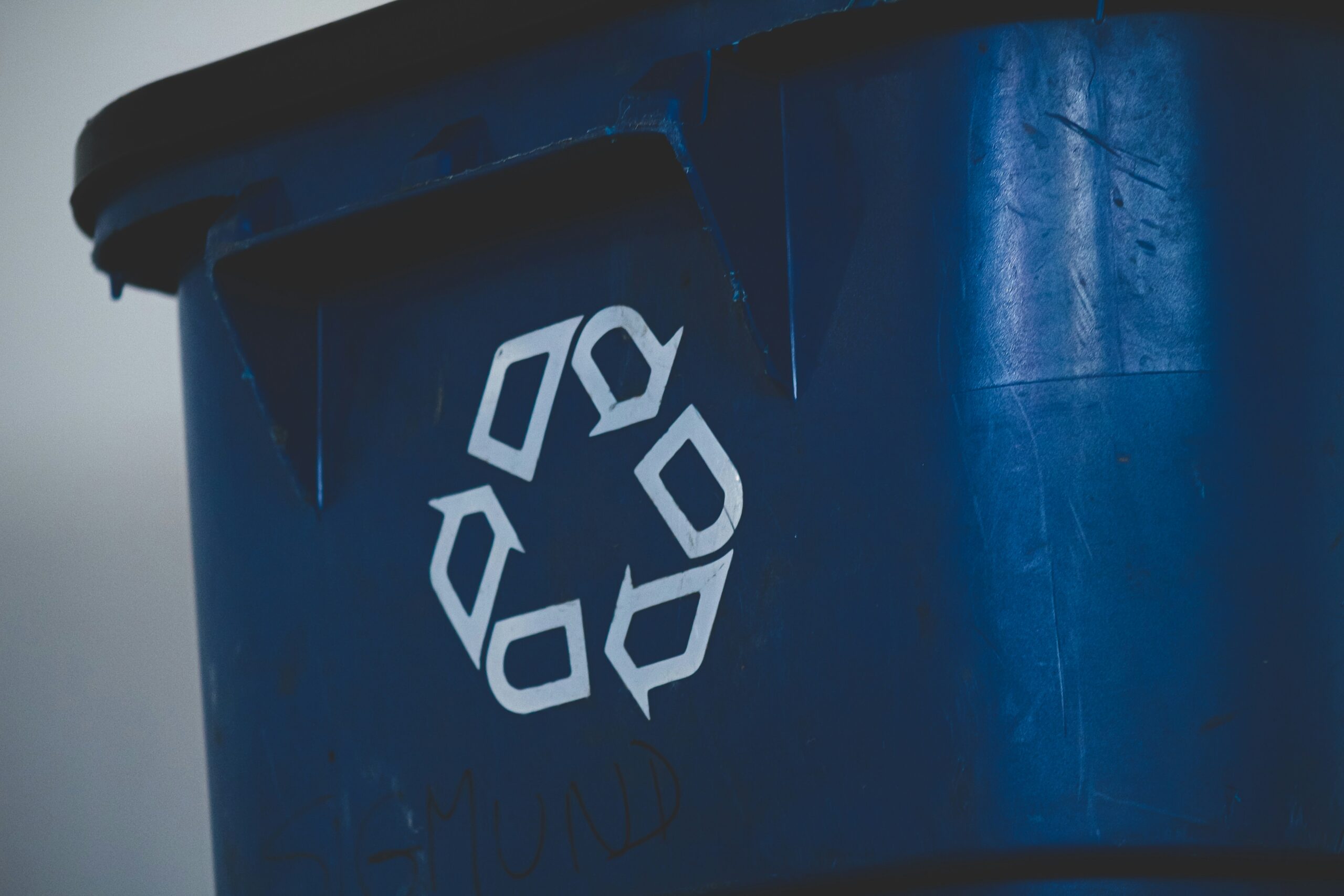5901 Botham Jean Blvd, Dallas, TX 75215
The Growing Importance of Metal Recycling for Manufacturers
June 18, 2025The manufacturing landscape is rapidly evolving, with metal recycling leading this transformation. As we progress into 2025, manufacturers are under increasing pressure to adopt sustainable practices while maintaining profitability.
Metal recycling provides an effective solution to these challenges. Manufacturers now understand that recycled metals offer benefits beyond cost reduction. These materials ensure exceptional quality and performance while significantly reducing environmental impact. In sectors from automotive to construction, recycled metals have become essential in modern manufacturing processes.
The economics are compelling. Recycling aluminum saves up to 95% of the energy needed to produce new aluminum from raw ore. Steel recycling conserves valuable resources while maintaining the material’s strength and durability. For forward-thinking manufacturers, recognizing these advantages is not optional—it’s crucial for competitive positioning and long-term sustainability in a resource-conscious marketplace.
What Are the Environmental and Economic Benefits of Metal Recycling?

Environmental Advantages
Metal recycling significantly reduces greenhouse gas emissions compared to producing new metals. Using recycled steel cuts CO2 emissions by up to 58%, while recycling aluminum can reduce emissions by an impressive 95%.
Conserving natural resources is another critical benefit. Recycling one ton of steel prevents the extraction of 1.5 tons of iron ore, 0.65 tons of coal, and 0.3 tons of limestone, significantly reducing mining’s destructive impact on ecosystems.
Recycling metals also prevents valuable materials from ending up in landfills, where they can take centuries to decompose and potentially leach toxins into soil and groundwater. By diverting metals from landfills, we reduce waste volume and protect the environment.
The recycling process uses substantially fewer resources than mining and refining new metals. Using secondary metals cuts air pollution by 80%, water pollution by 76%, and water use by 40%.
Economic Benefits and Cost Savings
The energy savings from metal recycling translate directly to economic benefits. Recycling aluminum requires only 5% of the energy needed to produce it from raw materials, reducing production costs and creating competitive pricing throughout the supply chain.
For businesses, metal recycling generates significant cost savings through reduced raw material expenditures. Companies using recycled metals often enjoy production cost reductions of up to 33% compared to using new materials.
The recycling industry also creates substantial employment opportunities, supporting hundreds of thousands of jobs in collection, processing, and manufacturing. In the United States alone, the scrap metal industry supports over 450,000 jobs.
Metal recycling stabilizes supply chains by providing a reliable secondary source of materials, helping manufacturers avoid price volatility and supply disruptions in the primary metals market.
| Metal Type | Energy Savings (%) |
|---|---|
| Aluminum | 95% |
| Copper | 85% |
| Steel | 60-74% |
Meeting Growing Demand for Sustainable Materials
The global push for decarbonization has increased demand for metals needed in green technologies. Electric vehicles, wind turbines, and solar panels all require significant metal resources. Projections indicate that by 2030, demand for copper and nickel will increase by 50-70%, while materials like lithium could see demand multiply six to seven times.
Recycling helps meet this growing demand while avoiding supply shortages. For instance, the increasing global need for aluminum could be addressed by sourcing 50% from primary sources and 50% from recycled materials, creating a more sustainable balance.
Many industries now implement closed-loop recycling systems, especially for high-value metals like copper. These initiatives show how recycling can become an integral part of manufacturing processes while reducing environmental impact.
Companies using recycled metals in their products often gain competitive advantages through improved brand image. Consumers increasingly favor products and businesses with demonstrated environmental responsibility, making recycling a sound business strategy.
How Does Recycled Metal Quality Compare to Virgin Materials?

Many industries hold the misconception that recycled metals are inferior to virgin materials. This myth is far from true. Modern recycling technology has transformed how metals are processed and refined, resulting in recycled metals that match or even exceed the quality of newly mined materials.
Recycled metals retain their original properties through advanced refining processes, making them chemically identical to virgin metals. For example, recycled platinum and palladium—key components in catalytic converters—perform as effectively as newly extracted materials in demanding industrial applications.
The strength characteristics of recycled steel and aluminum remain unchanged through recycling. The molecular structure stays intact when properly processed, allowing manufacturers to use these materials confidently in structural applications where performance cannot be compromised.
Quality Control in Metal Recycling
The recycling industry implements rigorous testing protocols to ensure consistent metal quality. Every batch undergoes comprehensive analysis for purity levels, structural integrity, and chemical composition. This testing regime meets the same standards applied to virgin materials.
Industries with the most demanding specifications—automotive, aerospace, and healthcare—regularly use recycled metals without quality concerns. According to the International Platinum Group Metals Association, approximately 30% of platinum group metals used globally come from recycled sources, demonstrating significant industry confidence in recycled materials.
Advanced separation technologies have greatly improved the purity of recycled metals. Modern facilities can identify and remove contaminants with remarkable precision, resulting in recycled products that meet exact metallurgical requirements for critical applications.
Real-World Performance
Practical applications consistently demonstrate that recycled metals perform on par with virgin materials. Automotive manufacturers, for instance, use recycled aluminum in vehicle frames without compromising structural integrity. The aerospace industry has also increasingly adopted recycled materials for non-critical components.
The durability of recycled metals matches virgin equivalents when subjected to stress testing, including measures of tensile strength, malleability, conductivity, and corrosion resistance. Comprehensive studies show no significant difference in long-term performance between properly recycled metals and newly mined alternatives.
Metal recycling technology continues to advance rapidly. Newer methods employ spectroscopic analysis, automated sorting, and precision refining techniques to ensure even higher quality outputs. These innovations further narrow any perceived quality gap between recycled and virgin materials.
The economic benefits of recycled metals come without quality compromises. Recycled materials typically cost 20-30% less than virgin metals while delivering equivalent performance, making them increasingly attractive to cost-conscious industries seeking sustainable alternatives.
What Are the Latest Technological Innovations in Metal Recycling?

Metal recycling has recently experienced significant advancements. Modern technologies now allow for unprecedented metal recovery and processing efficiency, steering the industry toward higher purity rates and sustainable practices.
Advanced Sorting Technologies
X-ray fluorescence (XRF) has revolutionized metal identification and sorting. It emits X-rays that cause materials to release unique energy signatures, enabling precise identification of different metals and alloys. Recyclers can now distinguish between metals that appear identical to the naked eye.
Laser-Induced Breakdown Spectroscopy (LIBS) is another breakthrough in metal sorting. It uses high-energy laser pulses to create a plasma of the material being analyzed. The emitted light reveals the elemental composition of metals with remarkable accuracy, identifying and separating aluminum alloys with different compositions in milliseconds.
These spectroscopic methods significantly reduce cross-contamination between different metal types, resulting in higher-value recovered materials that meet stringent industrial specifications. Purity levels can reach up to 95% in many applications, much higher than traditional manual sorting methods.
Smart Recycling Systems and IoT Integration
The Internet of Things (IoT) has entered the recycling industry through smart monitoring systems. Sensors throughout recycling facilities track material flows, equipment performance, and processing efficiency in real time. This continuous data stream allows operators to identify bottlenecks and optimize operations immediately.
Smart recycling systems can predict maintenance needs before equipment failures occur. Sensors monitor vibration patterns, temperature changes, and power consumption to detect early signs of mechanical problems, minimizing costly downtime and extending equipment life.
IoT integration also enhances logistics in metal recycling. RFID tags and GPS tracking help companies monitor material movement from collection points through processing stages. This enhanced traceability satisfies regulatory requirements while providing valuable data for operational improvements.
Robotics and Automation
Robotic sorting systems have transformed the efficiency and accuracy of metal recycling operations. AI-powered robotic arms with advanced vision systems can identify and extract specific metals from mixed waste streams at speeds far exceeding human capabilities. These robots work continuously without fatigue, dramatically increasing throughput.
Collaborative robots (cobots) now work alongside human operators in recycling facilities. These machines handle hazardous or repetitive tasks while human workers focus on quality control and complex decision-making, improving both safety and productivity.
Automation extends beyond sorting to material handling within facilities. Autonomous vehicles transport materials between processing stages, reducing labor requirements and improving safety. Computer vision systems continuously monitor quality, ensuring consistent output standards.
Chemical and Electrochemical Recovery Processes
Innovative chemical processes now enable the recovery of metals from complex waste streams previously considered unrecyclable. Hydrometallurgical techniques use selective chemical reactions to isolate and recover specific metals from mixed electronic waste. This approach allows recyclers to extract valuable materials like gold, silver, and rare earth elements from circuit boards and other complex components.
Electrochemical recovery methods use controlled electrical currents to separate and purify metals from solutions, achieving extremely high purity levels required for advanced manufacturing applications. The technology produces metals that meet or exceed the quality of virgin materials extracted through mining.
Biometallurgical processes represent an emerging frontier in metal recycling. Special bacterial strains can extract metals from low-grade sources through natural biological processes, offering a low-energy, environmentally friendly alternative to traditional chemical methods.
Blockchain for Material Traceability
Blockchain technology is transforming transparency in the metal recycling supply chain. Immutable digital records track materials from collection through processing and final sale. This technology ensures compliance with environmental regulations while providing verification of recycled content for manufacturers with sustainability commitments.
Blockchain implementation creates trustworthy documentation of material origins and processing methods. Manufacturers can verify that recycled metals meet their specifications and sustainability requirements, adding significant value to recycled metals in today’s environmentally conscious marketplace.
| Technology | Key Features | Applications | Advantages |
|---|---|---|---|
| XRF (X-ray Fluorescence) | Identifies metals based on energy signatures | Non-ferrous metal sorting | High precision, effective on contaminated surfaces |
| LIBS (Laser-Induced Breakdown Spectroscopy) | Uses laser pulses to analyze metal composition | Aluminum alloys, electronic waste | Fast, accurate, reduces cross-contamination |
| REDWAVE XRF/C | Combines XRF and camera technology | Non-ferrous metal sorting, including Zorba | Compact, high purity, low maintenance |
| FINDER™ | Utilizes sensor technologies for flexible sorting | Non-ferrous metals | High yield, adaptable to different requirements |
How Can Manufacturers Implement Metal Recycling in Their Supply Chain?

Integrating metal recycling into manufacturing operations requires systematic planning and execution. The process offers significant benefits but demands careful implementation. Companies need a structured approach to maximize value while minimizing disruption.
Establish a Dedicated Scrap Collection System
Effective metal recycling starts with proper collection infrastructure. Set up designated areas throughout your facility to separate different metal types. Steel, aluminum, copper, and brass each follow distinct recycling processes.
Implement tracking and inventory systems to monitor scrap metal volumes. This data helps quantify the financial and environmental impact of your recycling program. Proper sorting at the collection stage significantly increases the value of recovered materials.
Assess Material Needs and Specifications
Conduct a comprehensive analysis of your production requirements. Identify which components can incorporate recycled metals without compromising product quality. Some applications may need virgin materials, while others can use 100% recycled content.
Review your existing material specifications and modify them to accommodate recycled metal inputs. Work with your engineering team to determine acceptable tolerance ranges. This assessment helps establish realistic recycling targets aligned with production needs.
Develop Strategic Supplier Partnerships
Partner with reliable recycled metal suppliers who can deliver consistent quality and volume. Evaluate potential suppliers based on their sorting capabilities, processing technology, and quality control procedures. Regular supply is crucial for manufacturing continuity.
Consider establishing long-term contracts with recycling facilities to ensure steady access to materials. These partnerships often provide price stability compared to volatile virgin metal markets. Build relationships with multiple suppliers to reduce dependency risks.
Invest in Compatible Processing Technology
Examine your current manufacturing equipment to determine if modifications are needed to efficiently handle recycled materials. Some recycled metals may require different processing parameters than virgin materials.
Invest in technologies that can accommodate variations in recycled metal inputs. This might include more robust filtering systems, adjustable temperature controls, or enhanced testing equipment. The right technology ensures recycled materials consistently meet your production standards.
Implement Staff Training Programs
Develop comprehensive training for employees at all levels. Workers need to understand proper sorting techniques, handling procedures, and quality control measures. Knowledge gaps can undermine even well-designed recycling systems.
Create clear visual guides and standard operating procedures for recycling processes. Regularly reinforce training through team meetings and performance feedback. Staff commitment significantly impacts program success.
Design Products with Recycling in Mind
Adopt design principles that facilitate future recycling of your products. Use fewer composite materials and make components easier to disassemble. Simple design changes can dramatically improve recyclability.
Collaborate across departments to identify design modifications that support both recycling goals and product functionality. Considering recyclability during the design phase creates opportunities throughout the product lifecycle. This approach enhances your contribution to the circular economy.
Monitor and Optimize Your Program
Implement continuous monitoring systems to track the effectiveness of your metal recycling program. Collect data on recovery rates, contamination levels, and cost savings. Regular assessment identifies improvement opportunities.
Establish key performance indicators aligned with your sustainability and financial objectives. Review these metrics quarterly to identify trends and make necessary adjustments. Optimization is an ongoing process rather than a one-time initiative.
Address challenges promptly through a structured problem-solving approach. Common issues include contamination, inconsistent supply, and quality variations. Developing standard responses to these situations maintains program momentum.
| Metal Type | Energy Savings | Environmental Impact Reduction | Economic Benefits |
|---|---|---|---|
| Aluminum | 95% | 95% reduction in CO2 emissions | Cost savings due to 5% energy requirement compared to new production |
| Steel | 60-74% | 58% reduction in CO2 emissions | Conserves 1.5 tons of iron ore per ton recycled |
Overcome Implementation Challenges
Prepare for potential resistance to change within your organization. Communicate the business case for metal recycling beyond environmental benefits. Focus on cost savings, supply security, and competitive advantages.
Anticipate technical challenges when transitioning to recycled content. Expect some trial and error during initial implementation phases. Document lessons learned to refine your approach over time.
Start with pilot projects in less critical production areas. This approach allows for necessary adjustments before full-scale implementation. Success in smaller initiatives builds confidence for broader adoption.
Conclusion: Embracing Metal Recycling for a Sustainable Manufacturing Future

Metal recycling is a cornerstone of sustainable manufacturing. Its benefits go beyond environmental protection, offering substantial cost savings and access to high-quality materials. Manufacturers using recycled metals in their production processes are leading industry evolution. Advanced technologies like AI-powered sorting systems and improved recycling methods are transforming the metal recycling landscape, enhancing manufacturing efficiency.
As global sustainability efforts grow, the future of metal recycling in manufacturing looks promising. The move toward greener solutions is expected to boost both the value and demand for recycled metals. For manufacturers aiming to stay competitive and meet sustainability goals, exploring metal recycling solutions is essential. Contact Okon Recycling at 214-717-4083 to learn how recycled metals can enhance your manufacturing processes and support a sustainable future.
